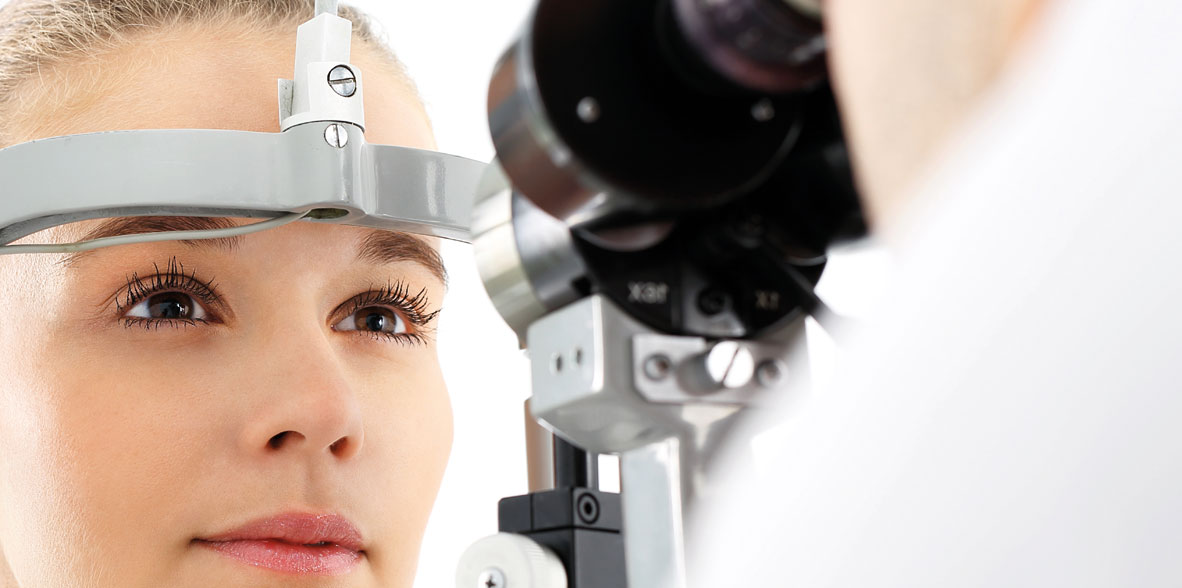

 Centro Médico Teknonen/health-centers/centro-medico-teknon
Centro Médico Teknonen/health-centers/centro-medico-teknon- Centro Médico Teknonen/health-centers/centro-medico-teknon
 Centro Médico Teknonen/health-centers/centro-medico-teknon
Centro Médico Teknonen/health-centers/centro-medico-teknon
- What causes them?
Cataracts most commonly become a problem as we grow old: 50% of people aged 65-75 years have cataracts, a figure which rises to 70% for people over 75 years.
Other, less frequent causes are medication such as corticosteroids; traumatism or eye perforation; conditions like diabetes mellitus; constant exposure to sunlight without the protection of sunglasses; and past eye surgery.
- What are the symptoms?
Sight deterioration and, in certain cases, double vision are the most regular grounds to suspect cataracts are the problem.
Other, not so everyday symptoms are the apparent dullness of colours, poor vision at night and a new-found ease at reading texts without the previously required aid of glasses.
- Which type of treatment is the best?
Currently, the only effective and curative treatment for cataracts is surgery in which the now-opaque crystalline lens is replaced with an intraocular lens (IOL). The new lens can either be MONOFOCAL, meaning the person will only need glasses to see things close up better, or it can be MULTIFOCAL, with which the person will be able to view things from all distances, even close ones, and not have to resort to glasses.*Please refer to the section "Presbyopic Surgery (for tired eyes)"*.
No pharmaceutical, eye drop or dietary supplement can prevent or delay the development of cataracts. - When is the best time to have an operation on a cataract?
When the impairment of vision brought on by cataracts starts to hinder a person in the performance of their daily duties, this is the time to act.
Once, a person had to be virtually blind before they could have their cataracts operated on. Today this approach towards the problem makes no sense, since operation on a seriously developed cataract is generally recognised to be more complicated.
- Do operations carry any risks?
Every type of surgery carries a risk. These days, cataract surgery has fantastic results and most operations see the patient quickly recover their sight to a satisfactory level afterwards. However, and like any other kind of surgery, no 100% guarantee can be offered.
- How is surgery performed?
Phacoemulsification is the modern method employed to remove cataracts and the one with which we treat all such patients. Today it is the most advanced surgical method there is.
Phacoemulsification involves breaking up and removing the cataract inside the eye with a catheter which emits ultrasounds through an incision of 2.2 mm.
Then a folded intraocular lens (IOL) is introduced into the incision without making it any bigger. The size and shape of the incision enable the surgeons to conclude the operation without the need to stitch it up afterwards.


Removal of a cataract with a catheter (left) and implantation of a lens (right). The operation is carried out within an incision of 2.2 mm.
- How long does an operation last?
Generally, the surgery will take approximately 10 minutes and is performed following the administration of the patient with anaesthetic drops. Therefore there is no need for covering up the eye the surgery has been carried out on and patients can see of as soon as they leave the operating theatre. This is the habitual practice in most cases, but it calls for co-operation on the part of the patient, who must stare into the light of the microscope.
When this is not possible, or when the case of cataracts is exceptional, the area surrounding the eye is also anaesthetised (local anaesthetic).
In these circumstances, the patient must keep their eye covered for several hours after the operation.
All things considered, the patient's sight returns to them extremely fast and they can see reasonably well within the first few hours on from the operation.
Sight gradually improves and by the end of two or three weeks the person has their full sight back.
- What things can we do and not do after an operation on cataracts?
- We can live a normal life in the first two or three days following surgery.
- We cannot engage in exercise involving sudden or erratic movements.
- We must rub our eyes gently.
- The post-operational treatment will only need topical medication, in the form of eye drops.



































